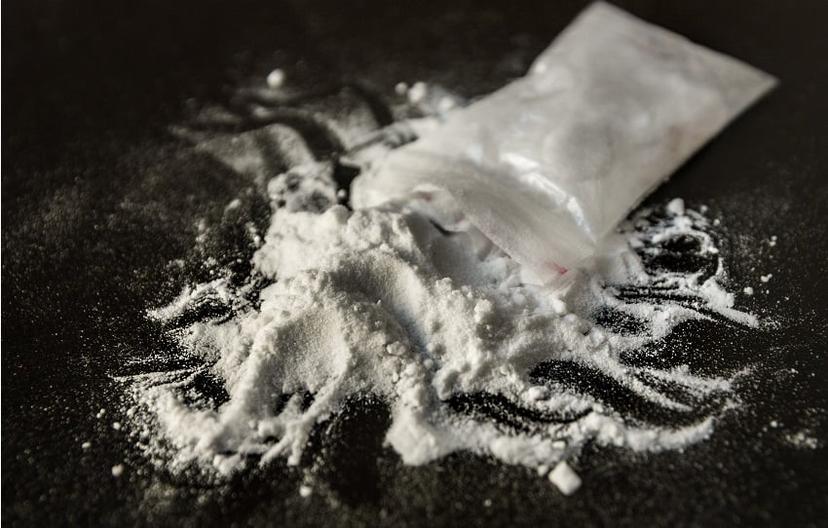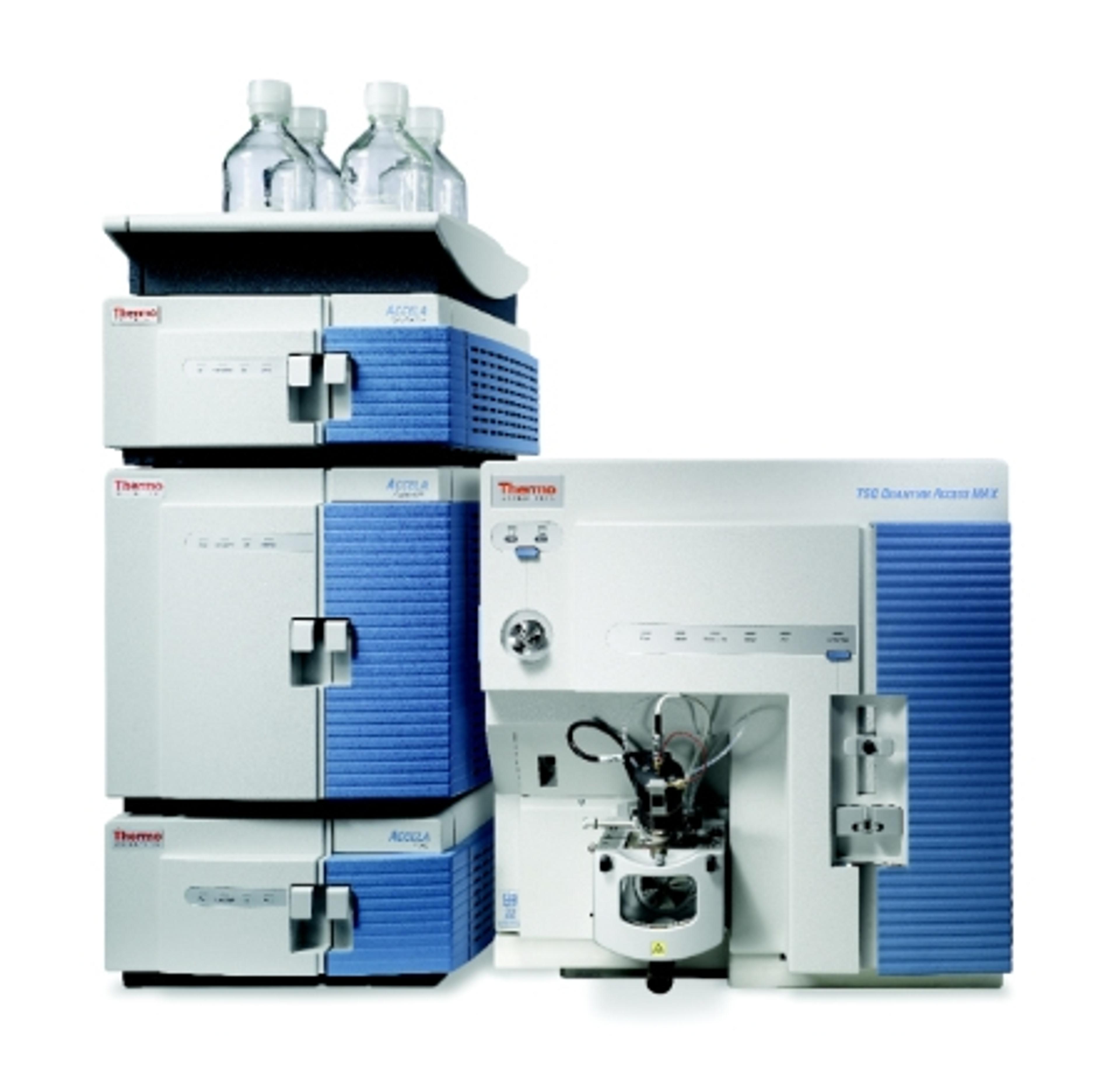Webinar Highlights: The Future of Designer Drug Analysis
In this webinar, Professor Jean-Claude Alvarez explains how he and his team of experts at the Forensic Institute of Garches analyze designer drugs using high resolution mass spectrometry
12 Dec 2016

HRMS is helping to indentify the growing number of designer drugs

Professor Jean-Claude Alvarez Forensic Toxicologist at The Forensic Institute of Garches and Professor of Medicine and Pharmacology at the University Versailles Saint Quentin-en-Yvelines
Professor Jean-Claude Alvarez is a Forensic Toxicologist at The Forensic Institute of Garches, where over one thousand autopsies are performed per year. In this webinar, he explains how high resolution mass spectrometry workflows are helping to identify the growing number new designer drugs. For example, LC-MS/MS workflows using the TSQ Quantum™ Access MAX from Thermo Fisher Scientific is used to screen for psychoactive drugs and drugs of abuse in blood and urine.
Read on for highlights from the Q&A session of the webinar, and if you missed it, watch the webinar on-demand.
Q: Do you develop your sample preparation, such as extraction, so that you can run a sample in one instrument and then easily run it in another instrument?
A: Yes, as in many cases an extract needs to be run on multiple instruments. For example, a non-degraded screening extract run on GC-MS/MS could be run on the LC-MS/MS after the evaporation of the solvent and reconstitution of the mobile phase. In smaller samples, such as those from children, it is important to be able to run the same sample extract on multiple instruments.
Q: Why are you looking for strontium in a case of drowning?
A: The postmortem identification of drowning remains probably one of the most challenging in forensic pathology. During drowning, elements present in the drowning medium permeate the organs. Strontium is a highly sensitive measure of water aspiration. Sea water contains strontium at a very high concentration, more than 3000 micrograms per liter, yet the physiological blood concentration of strontium is below 50 micrograms per liter. In the case of drowning, the concentration of strontium in the blood rises to above 1000 micrograms per liter. This is why strontium is an increasingly popular biomarker of for postmortem identification of drowning.
Q: What is your biggest challenge in the complete workflow for analysis? Is it sample preparation or the actual analysis?
A: I think that the sample preparation is very important and we have to work together to automate these preparations. Until recently, online preparation for post mortem sample preparation was not available for our lab. On the other hand, I think analyses may always progress, and this is due to the work of manufacturers. For example, currently we have to use around a hundred strands of hair in order to identify a drug. I think that in the future, a sample of just one strand of hair would be need due to the continual increase in sensitivity of the analyses. To improve, we must progress both sample preparation and analysis.
Q: With so many autopsies and samples that your lab runs, do you have issues with stability or tuning your instruments?
A: We do and sometimes these can be a big problem. In our lab we try to have two identical instruments available so that if there is an issue with one, we can use the other. However, this isn’t always possible, especially with HRMS (high resolution mass spectrometry), due to the high cost of the instruments. To combat this, when buying our instruments, we take into account the quality of the manufacturers after sales service. In my lab, I have a contract which with the manufacturer which means that they will repair the instruments within 3 days of the problem occurring.
Q: Do you have a preference for an instrument or certain type of matrices? Or if you know that the quality of the sample is very low, do you then run those samples on a particular instrument?
A: The instrument is a more important factor to use than the matrices, and the choice of instrument is dependent on what molecule we are looking for and in what sample. For example, when testing hair, the most important factor is the sensitivity of the technique and what kind of molecules you are trying to identify in a single run. So in the context of this example, LC-MS/MS is the most adapted technique due to its good sensitivity.
Q: How often do you run the old techniques? On every suspicious autopsy?
A: In autopsy, we still run the old techniques of HPLC and GC-MS for drug detection. We had a case some years ago which involved ingestion is pesticides which could only be identified through GC-MS. Therefore, I think it is important to continue to use the old techniques.
Q: There has been a lot of recent press on overdoses related to opioids such as fentanyl and its analogues. Has your lab also seen recent increases in fentanyl cases?
A: To my knowledge, there have been no cases of overdoses of fentanyl or its analogues described in France. In Europe, we often don’t have the same drug issues as in the USA. For example, in the USA, there are a high number of oxycodone overdose cases, yet very few have been described in France and in our lab, we’ve only had two cases of overdose related to oxycodone. Another example is the large number of cases involving methamphetamine in the USA in comparison to very few in France, here we see much more MDMA.
Q: Which types of drugs would you analyze using LC/DAD, rather than LC-MS/MS or GC-MS/MS?
We use LC/DAD to identify medications which have characteristic UV spectrums.
Q: How do you see the lab of the future? Are we moving more towards non-targeted screening for drugs and their metabolites?
In the future, high resolution will be standard practice. With the emergence of new designer drugs, I think high resolution will quickly become a gold-standard. However, it will be necessary to work on compound libraries in order to identify these new drugs.
For forensic use only.

